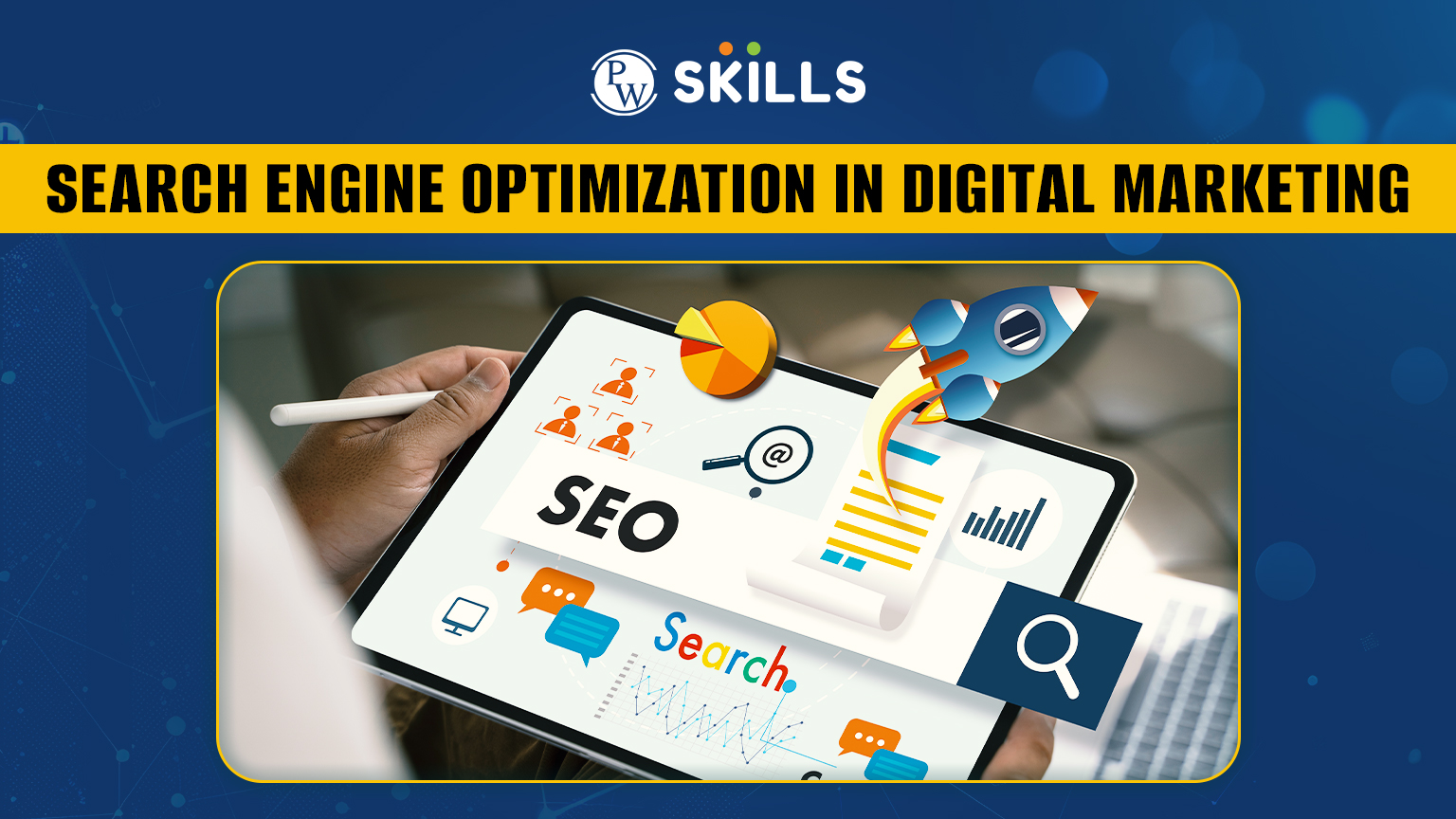Introduction
Self-driving cars are becoming increasingly common on our roads, and with good reason. They offer the potential to make our commutes safer, less stressful, and more efficient. However, as with any new technology, there are also some risks associated with self-driving cars. One of the biggest concerns is the potential for accidents.
What happens when a self-driving car gets into an accident? Who is liable?
These are complex questions that will likely be debated in courtrooms for years to come. However, there are some basic principles that can help us understand the legal landscape surrounding self-driving car accidents.
Liability
In a traditional car accident, the driver is typically liable for any damages caused. However, in the case of a self-driving car accident, it is not always clear who is at fault.
If the accident is caused by a malfunction of the self-driving system, the manufacturer of the car may be liable. However, if the accident is caused by a human error, such as the driver failing to pay attention to the road, the driver may still be liable.
In some cases, both the manufacturer and the driver may be liable for an accident. For example, if the self-driving system malfunctions and the driver fails to take corrective action, both parties could be held responsible.
Insurance
Insurance companies are still grappling with how to handle self-driving car accidents.
How much does it cost to insure a self-driving car?
Who is responsible for paying for damages in the event of an accident?
These are just a few of the questions that insurance companies are working to answer.
It is likely that insurance rates for self-driving cars will be lower than for traditional cars, as self-driving cars are expected to be involved in fewer accidents. However, there may be some additional costs associated with insuring a self-driving car, such as the cost of covering the manufacturer for liability in the event of an accident.
The Future of Self-Driving Cars
Self-driving cars are still in their early stages of development, and there are many challenges that need to be overcome before they become mainstream. However, the potential benefits of self-driving cars are significant. If these challenges can be overcome, self-driving cars could revolutionize the way we travel.
Self-Driving Cars and Accidents: Unraveling the Risks
Self-driving cars, also known as autonomous vehicles, are poised to revolutionize transportation. However, along with their transformative potential comes the question that lingers: How safe are they? Like any technology, self-driving cars are not immune to accidents. Understanding the types of accidents they may be involved in is crucial for assessing their overall safety.
Types of Accidents
Self-driving cars can find themselves entangled in various types of accidents, each with its unique characteristics and causes.
Rear-End Collisions: A Common Occurrence
Rear-end collisions occur when one vehicle strikes the vehicle in front of it. In the case of self-driving cars, these accidents can happen when the lead vehicle suddenly slows down or stops, and the self-driving car fails to respond in time. Sensor malfunctions, software glitches, and communication errors can all contribute to these incidents, making them a prevalent concern.
Side-Impact Collisions: A Perilous Encounter
Side-impact collisions, often referred to as "T-bone" accidents, occur when the side of one vehicle is struck by another. These crashes are particularly dangerous due to the lack of crumple zones on the sides of cars. Self-driving cars may be more susceptible to side-impact collisions if they fail to detect or predict the movement of other vehicles, such as when a car suddenly changes lanes.
Head-On Collisions: The Most Catastrophic
Head-on collisions, characterized by the impact of two vehicles traveling in opposite directions, are the most severe and often fatal type of accident. While self-driving cars are equipped with safety features designed to prevent head-on collisions, such as automatic emergency braking and lane departure warnings, there is still the potential for these accidents to occur. These crashes can happen when sensors fail to detect a vehicle coming from the opposite direction or when the car fails to maneuver out of harm’s way.
Self-Driving Cars and Accidents
Self-driving cars are becoming increasingly common on our roads, and while they have the potential to make our lives easier and safer, they also come with some unique risks. One of the biggest concerns is the potential for accidents involving self-driving cars.
Causes of Accidents
The causes of self-driving car accidents are varied, but they often involve human error. For example, a driver may be distracted by their phone or another activity while the car is in self-driving mode. This can lead to the car making a mistake that could cause an accident.
Other causes of self-driving car accidents include:
- Technical failures: Self-driving cars are complex machines, and there is always the potential for something to go wrong. For example, a sensor could malfunction, or the car’s computer could make a mistake.
- Environmental factors: Self-driving cars can be affected by weather conditions, such as rain, snow, or fog. This can make it difficult for the car to see and navigate its surroundings, which can increase the risk of an accident.
- Other drivers: Self-driving cars can also be involved in accidents with other drivers. For example, a human driver may not be paying attention or may make a mistake that causes an accident.
Human Error
As mentioned above, human error is a major factor in self-driving car accidents. This is because self-driving cars are not perfect, and they rely on humans to operate them safely. For example, a driver may be distracted by their phone or another activity while the car is in self-driving mode. This can lead to the car making a mistake that could cause an accident.
In addition, human error can also lead to accidents involving self-driving cars in other ways. For example, a driver may not be aware of the limitations of the car’s self-driving system and may try to use it in situations where it is not safe to do so. This can lead to an accident.
To avoid human error, it is important for drivers to be aware of the limitations of self-driving cars and to use them only in situations where they are safe to do so. Drivers should also be prepared to take over control of the car if necessary.
Technical Failures
Self-driving cars are complex machines, and there is always the potential for something to go wrong. For example, a sensor could malfunction, or the car’s computer could make a mistake. This can lead to an accident.
To reduce the risk of technical failures, self-driving cars are equipped with a variety of safety features. These features can help to prevent accidents by detecting and correcting errors. However, no system is perfect, and there is always the potential for a technical failure to cause an accident.
Environmental Factors
Self-driving cars can be affected by weather conditions, such as rain, snow, or fog. This can make it difficult for the car to see and navigate its surroundings, which can increase the risk of an accident.
To reduce the risk of accidents caused by environmental factors, self-driving cars are equipped with a variety of sensors and cameras. These sensors and cameras help the car to see and navigate its surroundings, even in poor weather conditions. However, no system is perfect, and there is always the potential for an accident to occur in bad weather.
Other Drivers
Self-driving cars can also be involved in accidents with other drivers. For example, a human driver may not be paying attention or may make a mistake that causes an accident.
To reduce the risk of accidents caused by other drivers, self-driving cars are equipped with a variety of safety features. These features can help to prevent accidents by detecting and avoiding other vehicles. However, no system is perfect, and there is always the potential for an accident to occur with another driver.
Self-Driving Cars and Accidents: Everything You Need to Know
Self-driving cars are increasingly becoming a reality on our roads, making many of us wonder what will happen when these vehicles are involved in an accident. Who is liable for the damages and injuries that may occur? It’s a complex question with no easy answer.
The legal framework for self-driving cars is still in its early stages of development. Legislatures around the world race to draft laws that address the unique challenges posed by this new technology. In the meantime, courts will have to grapple with the task of interpreting existing laws to determine who is liable in the event of an accident involving a self-driving car.
Liability for Accidents
Liability for accidents involving self-driving cars will depend on several factors, including:
1. The level of automation of the vehicle: Self-driving cars are classified into five levels of automation, ranging from Level 1 (no automation) to Level 5 (full automation). The higher the level of automation, the less likely the human driver will be responsible for an accident.
2. The cause of the accident: If the accident was caused by a malfunction of the self-driving system, then the manufacturer of the vehicle may be liable. However, if the accident was caused by the negligence of the human driver, then the driver may be liable.
3. The jurisdiction in which the accident occurred: Different jurisdictions have different laws governing liability for accidents involving self-driving cars. In some jurisdictions, the manufacturer of the vehicle may be liable for accidents caused by the self-driving system regardless of the cause. In other jurisdictions, liability may be determined based on the level of automation of the vehicle and the cause of the accident.
4. The specific facts of the case: The outcome of a liability case will also depend on the specific facts of the particular case. For example, if it can be shown that the human driver was distracted or impaired at the time of the accident, then the driver may be held liable even if the accident was caused by a malfunction of the self-driving system.
Self-Driving Cars and Accidents: A Concern for the Future
The advent of self-driving cars has sparked both excitement and trepidation in equal measure. While the promise of automated vehicles offers convenience, efficiency, and the potential for improved safety, there remain pressing safety concerns that must be addressed before these vehicles can hit the roads in widespread numbers.
Safety Concerns
The safety of self-driving cars is a paramount concern. Several potential risks are associated with these vehicles, including:
**1. Hacking and Cyberattacks:** Self-driving cars rely on sophisticated software and computer systems, which can be vulnerable to hacking. A malicious actor could potentially gain control of a self-driving car, causing it to malfunction or even engage in dangerous actions.
**2. System Malfunctions:** Self-driving cars are complex machines that rely on a multitude of sensors, cameras, and other technologies to navigate and respond to their environment. System malfunctions could lead to accidents if these technologies fail or provide inaccurate information.
**3. Inadequate Human Oversight:** Self-driving cars are not yet fully autonomous, and human oversight is still required. However, if the driver is distracted or inattentive, they may not be able to intervene in time to prevent an accident.
**4. Ethical Dilemmas:** Self-driving cars present unique ethical challenges. For example, in the event of an unavoidable accident, who is responsible—the driver, the manufacturer, or the programmer?
**5. False Confidence and Complacency:** The perception of safety in self-driving cars could lead to drivers becoming complacent and over-reliant on the technology. This complacency could result in accidents if the driver fails to monitor the car’s performance adequately or respond to unexpected situations.
Self-Driving Cars and Accidents: A Road to Safety or Peril?
The advent of self-driving cars has sparked a wave of excitement and apprehension. While these vehicles promise to revolutionize transportation, concerns about their safety remain. Understanding the potential risks and benefits is crucial as we navigate this uncharted territory.
Technology and Its Imperfections
Self-driving cars rely on a complex array of sensors, cameras, and artificial intelligence. However, even the most sophisticated technology can malfunction or encounter unexpected situations. Adverse weather conditions, poor road markings, or unforeseen obstacles can challenge the car’s ability to navigate safely.
The Human Factor
While self-driving cars are designed to reduce human error, they cannot eliminate it entirely. Passengers and other drivers may not be prepared to handle situations where the car’s systems fail or encounter limitations. This raises concerns about the potential for accidents and injuries.
Liability and Insurance
In the event of an accident involving a self-driving car, questions of liability and insurance coverage arise. Determining fault and responsibility becomes more complex when human error is not the sole cause. Establishing insurance policies that fairly address these new challenges is essential.
Regulatory Landscape
The rapid development of self-driving cars has outpaced the regulatory framework. Governments are struggling to create laws and regulations that keep pace with technological advancements and ensure public safety. A clear and comprehensive regulatory environment is crucial to govern the testing, deployment, and operation of these vehicles.
The Road Ahead
Self-driving cars have the potential to transform our lives, making transportation more convenient and efficient. However, it is imperative to address the safety risks and challenges associated with them. By embracing a cautious and proactive approach, we can harness the benefits of this technology while mitigating the potential hazards.
Conclusion
The journey towards self-driving cars is fraught with both promise and peril. As we venture down this road, it is essential to proceed with a balanced approach, weighing the potential benefits against the risks. By investing in research, refining technology, implementing effective regulations, and educating the public, we can unlock the full potential of self-driving cars while safeguarding the safety of our roads.




Leave a Reply